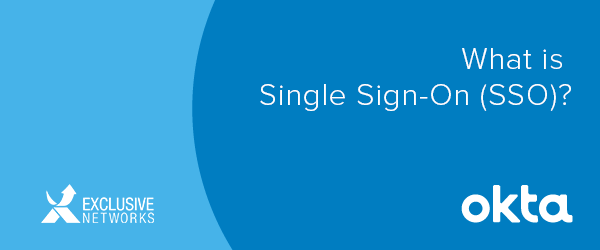
Single sign-on (SSO) is a user authentication tool that enables users to securely access multiple applications and services using just one set of credentials. Single sign-on puts an end to the days of remembering and entering multiple passwords, and it eliminates the frustration of having to reset forgotten passwords. Users can also access a range of platforms and apps without having to log in each time.
SSO is built on the concept of federated identity, which is the sharing of identity attributes across trusted but autonomous systems. When a user is trusted by one system, they are automatically granted access to all others that have established a trusted relationship with it.
There are a variety of protocols and standards to be aware of when identifying and working with SSO. These include:
- Security Access Markup Language (SAML)
- Open Authorization (OAuth)
- OpenID Connect (OIDC)
- Kerberos
- Smart card authentication
There are plenty of misconceptions surrounding SSO, but these are continually dispelled by modern solutions. Common SSO myths include:
- SSO Myth 1: SSO slows down IT teams and adds to their workloads
SSO actually helps IT teams be more effective by increasing automation, providing enhanced security and visibility, and enabling better workflows. - SSO Myth 2: SSO is difficult to deploy
Legacy tools may have been complex in their day, but modern SSO is quick and simple to deploy. - SSO Myth 3: SSO creates a single point of failure, so it’s less secure
The reality is that a single point of failure already exists, and it’s the user. When forced to juggle different credentials, users often resort to recycling passwords and bad password hygiene, creating a security risk for companies. - SSO Myth 4: SSO is the same as a password manager
SSO and password managers enable users to access multiple apps with one login, but that’s where the similarities end. Password managers are vaults that store and remember users’ credentials for various apps or websites protected by one primary password. However, they focus on protecting passwords. SSO solutions, on the other hand, manage access through trust and leverage existing relationships to create a single domain where authentication takes place.
Organizations that deploy SSO reap a wide range of benefits, from avoiding the risks presented by password recycling to delivering a seamless user experience. Key benefits of single sign-on include:
- Decreased attack surface
- Seamless and secure user access
- Simplified user access auditing
- Empowered and productive users
- Future-proofing
Read Daniel Lu’s, Senior Product Marketing Manager, Single Sign-On, Okta, full blog here to learn more about Single Sign-On (SSO) or contact your local Exclusive Networks Account Manager to find out how you can implement SSO with Okta.


